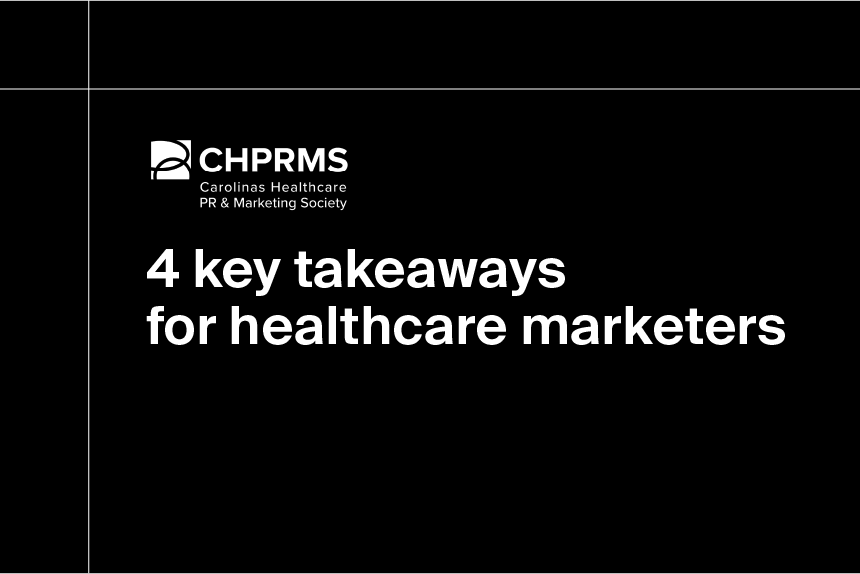This may seem obvious, but hospitals and healthcare providers are constantly striving to improve the quality of the care and services they offer.
Whether it’s implementing a new practice management system to streamline administrative tasks or adopting new diagnosis and examination techniques to reduce complications, there are a dizzying number of metrics a hospital must consider improving.
Identifying which financial, clinical, and quality metrics to prioritize is a discussion worthy of its own blog series. Fortunately, we’ve got you covered! Check out our blogs “Why hospital quality performance is valuable to you,” and “The top 10 hospital performance metrics you need to know,” to learn more about the standards regulatory agencies use to quantify healthcare operations.
Understanding the value of performance metrics and which ones matter most to your facility are the first two steps in creating a hospital benchmarking plan. In this blog, we’ll cover what hospital benchmarking is and the different types of data collection involved, so you can start developing your own hospital benchmarking plan.
What is hospital benchmarking?
Hospital benchmarking is the practice of comparing a hospital’s performance against industry standards, peer institutions, or internal benchmarks to identify strengths and uncover areas for improvement. It involves analyzing key metrics such as patient outcomes, infection rates, readmission rates, cost efficiency, staff productivity, and patient satisfaction.
These comparisons can be internal—looking at performance across departments or over time within the same hospital—or external, measuring against other hospitals or national averages. The goal is to use data to drive smarter decisions, improve care quality and safety, reduce inefficiencies, and increase accountability.
For example, if a hospital’s post-surgery infection rate is higher than average, benchmarking helps identify the gap, explore the causes, and implement changes to improve results. Ultimately, hospital benchmarking is a tool for continuous improvement, enabling healthcare organizations to deliver better outcomes for patients while optimizing operations.
The four types of hospital benchmarking
There are four main types of hospital benchmarking, each serving a different purpose:
Internal benchmarking
Internal benchmarking involves comparing the performance of different departments, units, or facilities within the same healthcare organization. The primary goal is to identify and disseminate internal best practices.
For instance, a large hospital system might compare the average length of stay for a specific surgical procedure across its various hospitals or the patient satisfaction scores between different nursing units within a single facility.
By analyzing why one unit or facility performs better in a particular area, the organization can learn from its own successes, standardize effective processes, and improve overall consistency and efficiency across the entire system.
Competitive benchmarking
Competitive benchmarking focuses on comparing a hospital’s performance metrics and processes directly against those of its direct competitors in the same market or with similar service offerings.
The aim is to understand a hospital’s relative standing in the healthcare landscape and identify areas where it either excels or lags behind its rivals. For example, a hospital might analyze its emergency department wait times, readmission rates for common conditions, or even its market share for specific specialty services against other hospitals in its immediate geographic area.
While valuable for strategic positioning and identifying competitive advantages or disadvantages, competitive benchmarking can sometimes be challenging due to the proprietary nature of competitor data, which may not always be readily available or transparent.
Functional or process benchmarking
Functional benchmarking, also known as process benchmarking, involves comparing specific functions or processes with organizations that are best-in-class in those particular areas, regardless of their industry.
This approach is about learning innovative methods and optimizing specific workflows. For example, a hospital might benchmark its patient registration and check-in process against a top-tier hotel chain known for its seamless customer service, or its supply chain management system against a major retail company renowned for its logistics efficiency.
The core idea is to identify the most effective ways to perform a specific task or process, drawing inspiration from any organization that excels at it, even if they operate in a completely different sector than healthcare.
Strategic benchmarking
Strategic benchmarking is the broadest form of comparison, focusing on an organization’s long-term strategies, business models, and overarching strategic capabilities against high-performing organizations, which can be within or outside the healthcare industry.
This type of benchmarking goes beyond specific metrics or processes to examine fundamental approaches to market positioning, innovation, organizational structure, and resource allocation. For instance, a hospital might strategically benchmark itself against a highly innovative technology company to understand how it fosters agility and rapid adaptation to change or analyze how leading healthcare systems have successfully transitioned to value-based care models.
The goal is to identify core strategic frameworks and transformative ideas that can redefine the hospital’s future direction and ensure its long-term viability and success.
How to start making your own hospital benchmarking plan
Creating a hospital benchmarking plan is a systematic process that requires careful planning, data collection, analysis, and a commitment to continuous improvement. Here’s a general idea of what you might need to do to build your own benchmarking plan:
- Establish clear objectives. What do you want to achieve with benchmarking? Set clear, measurable goals to guide the process.
- Get executive support. Benchmarking requires resources, time, and cross-functional cooperation.
- Form a dedicated team. Assemble a team from relevant departments and appoint a coordinator who oversees the entire benchmarking initiative.
- Select your benchmark type. Choose which type of benchmarking is appropriate based on your goals.
- Determine data sources and collect. Identify where and how you will gather data for benchmarking and develop a standardized collection process.
- Analyze data. Compare and contrast your performance against the benchmarks to pinpoint strengths and weaknesses and identify gaps.
- Identify and adapt best practices. Once gaps are found, research the processes, strategies, and tools used to achieve those results. Then develop an action plan to get there.
Obviously, there is a lot more work to do within each step of the process, and it certainly won’t happen overnight. The benchmarking journey also doesn’t end once you have implemented new programs. It’s vital to monitor your progress, communicate your findings with all stakeholders, and periodically review your benchmarking goals to ensure they remain relevant as the healthcare landscape evolves.
By following these steps, however, you can start building a robust hospital benchmarking plan that gets you moving in the right direction, and drives meaningful improvements in quality, efficiency, and patient care.
Learn more
One other added benefit of an effective hospital benchmarking plan is that hospitals can use the outcomes of their efforts as a great marking tool. This allows administrators to tout their status as the hospital with the lowest readmission rates, shortest wait times, highest patient satisfaction scores, and more.
Definitive Healthcare makes it easy to analyze and compare facility performance across any number of hospitals and health systems. There are several dashboards, including the financial strength and clinical quality strength dashboards, that lay out the essential insights your facility needs to know to develop more strategic plans. Start a free trial today to see how our data can help your organization grow faster.




